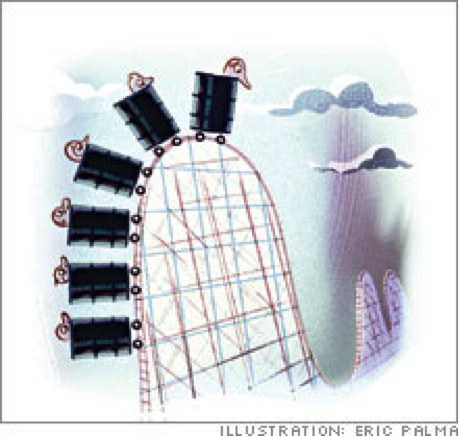In an article on CNBC, hedge fund manager Renee Haugerud said she expects the price of many types of consumer goods to skyrocket in the coming months. Everything from toothpaste to aspirin to ice cream will see an increase she said. And it’s all due to one thing: corn.
Or shall I say, “lack of corn.”
The scorching temperatures across much of the Midwest has been bad news for farmers and consumers all over the country. This reduced harvest will create a supply shock and will ultimately lead to price increases.
Price increases are one of the most noticeable results of an adverse supply shock. If you’re racking your brain to try to think of a way supply shocks affect you, look at what’s parked in your garage.
According to an article on the Mother Nature Network, prior to the 2010 hurricane season, scientists were predicting an historic round of storms in the gulf coast. These storms can have staggering affects on the price of gasoline. In 2005, analysts were expecting to see gas prices stay relatively stable throughout the year, with the typical 5-10 percent increase during the summer. Instead, Hurricane Katrina came and brought with it millions of dollars worth of damage to oil rigs in the Gulf Coast. This caused 2005 to be one of the most volatile years in the gas market. Prices per gallon of crude oil varied throughout the year by nearly $1.50.
Supply shock is defined on Investopedia as “an unexpected event that changes the supply of a product or commodity, resulting in a sudden change in its price.”
Avoiding these supply shocks, which can be either negative (decreased supply) or positive (increased supply) is imperative to maintaining a steady, efficient business. If you’re experiencing a negative supply shock, you’re leaving some customers’ needs unmet. If you’re experiencing a positive supply shock, you’re inventory management is off and you probably have unsold goods sitting on your shelves, eating into your bottom line.
Some of your business is certainly going to be susceptible to the “acts of God” that can come out of nowhere (such as a hurricane or some other disaster that affects your supply of goods), but make sure you’re mitigating against the possibility for a gradual supply shock. Examine your shelves and see if your inventory reserves are dwindling too low or building too high. As a manager, you should understand your suppliers’ lead times and how much inventory you need to have on hand throughout the month. With this knowledge you can either increase your next orders (if your reserves are getting low) or decrease orders (if reserves are getting high).
You might not be able to protect against the forces of nature that can cause supply shocks, but you can certainly reduce your inventory’s risk of obsolescence.

